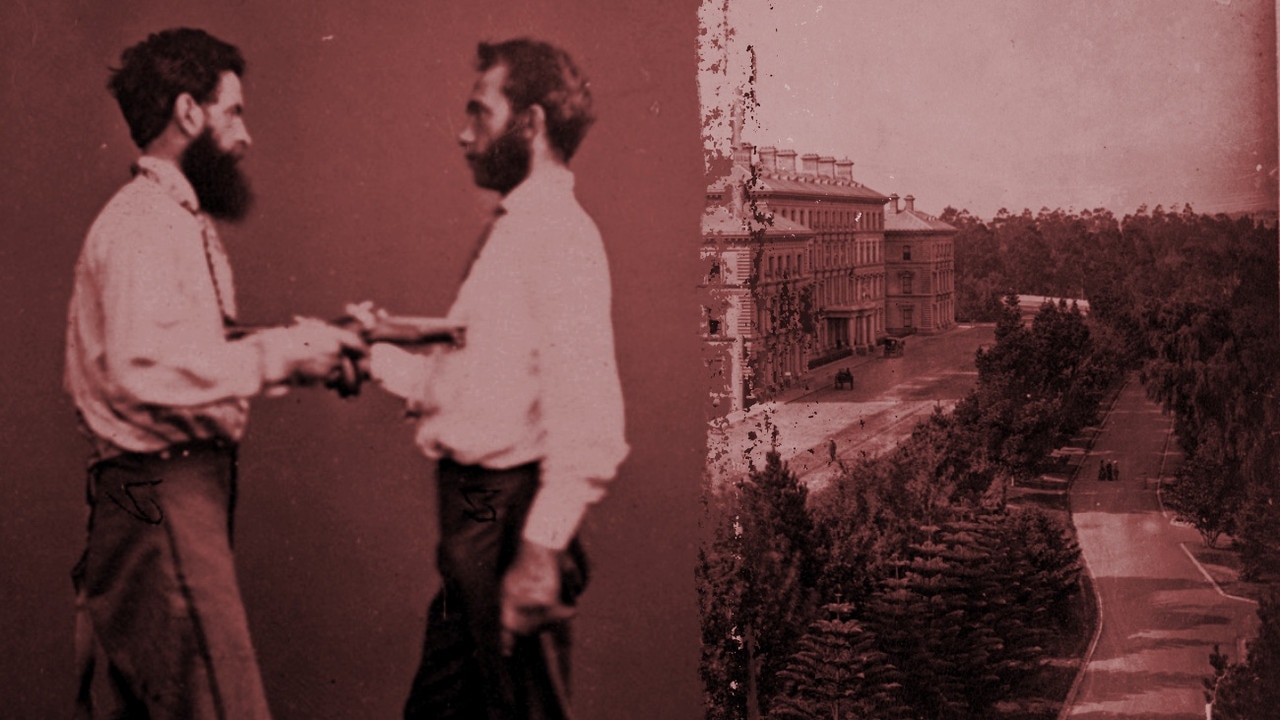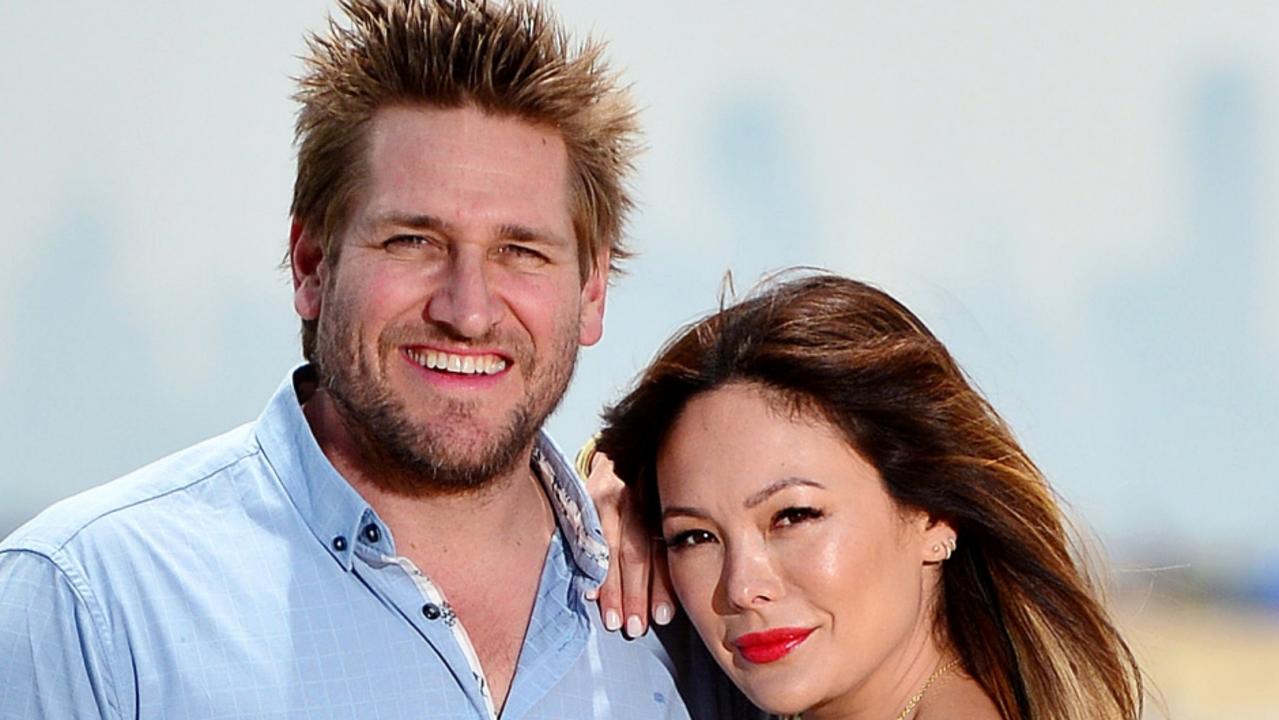The rise and fall of Melbourne’s colourful Eastern Market
SQUIZZY Taylor, Eureka-inspired protests and a mysterious murder: the now-demolished Eastern Market was the backdrop for some of Melbourne’s most colourful history.
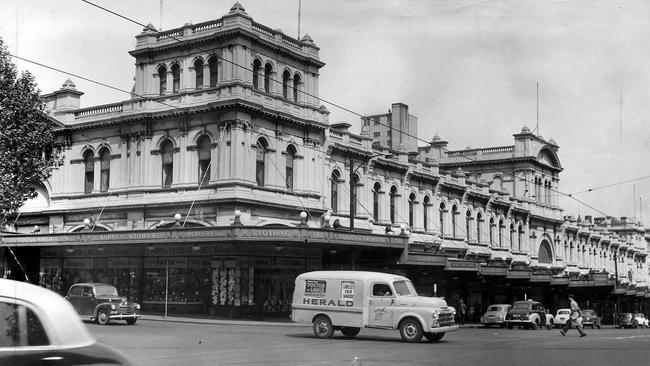
Melbourne
Don't miss out on the headlines from Melbourne . Followed categories will be added to My News.
SQUIZZY Taylor, Eureka-inspired protests and a mysterious murder: the now-demolished Eastern Market was the backdrop for some of Melbourne’s most colourful history.
Established in 1847, the thriving hub known among locals as “Paddy’s Market”, was a one-stop shop for fresh fruit, vegetables, meat and poultry.
Located on the corner of Bourke and Exhibition Streets, scores of greengrocers ensured the “frugal housewife” could secure the maximum quantity for the minimum cost.
MELBOURNE FOOD ICONS WE’D LOVE TO REVISIT
DELICIOUS MELBOURNE HISTORY OF ALLEN’S
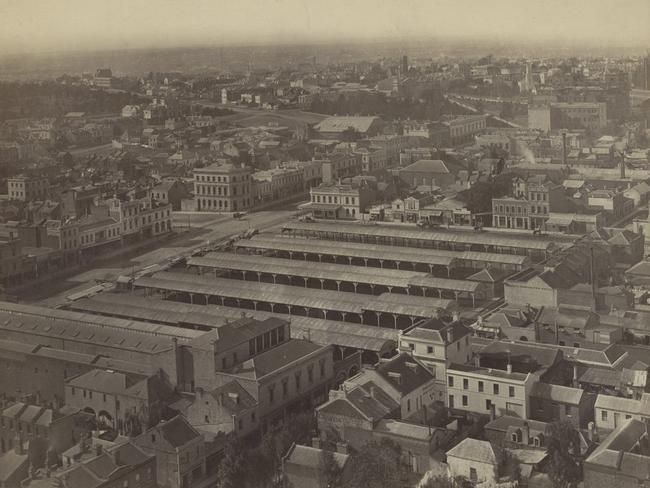

In 1864 shoppers could expect to pick up a dozen eggs for 12 cents, a kilogram of strawberries for 22 cents and kilo of butter for 36 cents.
Towards the end of the market’s lifespan, it was open late on Saturdays and offered fortune telling and other sideshow-style acts in an effort to pull in more punters.
The famous Cole’s Book Arcade, which attracted the likes of Rudyard Kipling and Mark Twain when they visited Melbourne, also had its humble beginnings as an Eastern Market stall.
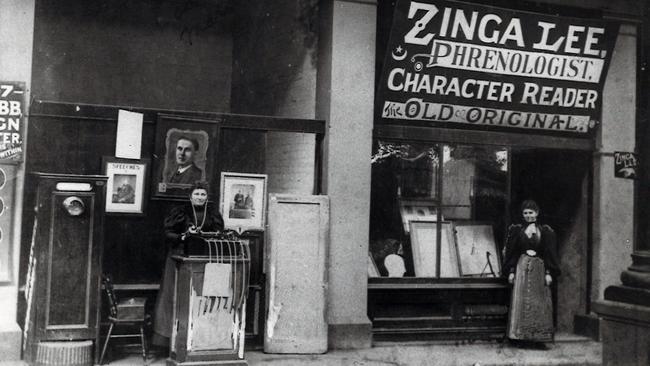
How E.W Cole shaped Eastern Market
After a stint on the Forest Creek goldfields, English-born E.W Cole settled in Melbourne in 1865 and set up a second-hand bookstore at the market.
However, an £80,000 reconstruction by Messer’s Nation and Co. in 1877 hurt the Eastern Market’s popularity, with many vendors relocating permanently to the Queen Victoria Market during the 18-month redevelopment.
An entrepreneurial Cole took over the lease of the Eastern Market in 1789, dubbed a “white elephant” by the City Council, and coaxed vendors back by offering six months free rent at the site.
Wine bars, shooting galleries, fortune tellers and a tattoo parlour moved in, transforming the Eastern Market into Melbourne’s entertainment hotspot.
City Council reclaimed the lease in 1881 and shortly after Cole expanded beyond the market, opening Cole’s Book Arcade on Bourke Street.
Now the location of David Jones, the famous bookstore featured live musicians, an art gallery and an exotic garden inhabited by live caged monkeys.

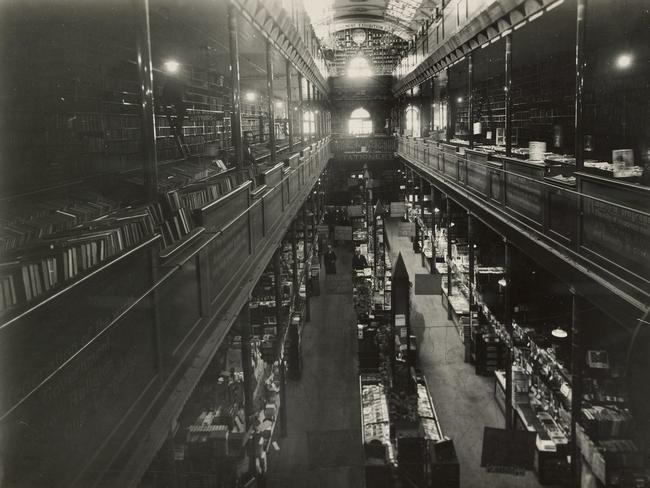
Melburnians and their market
WHILE the Eastern Market was a source of fresh produce and entertainment for many Melburnians, for others it was an eyesore.
A frustrated local, identified as EL, wrote to the Herald in November 1888 to complain of the “perfect disgrace” the market had become.
“The Eastern Market … is in a most abominable state: in fact a perfect disgrace to the city, what with the disgusting urinals and closets, filthy aisles and right of ways strewn with orange peel and other debris from which a stench is diffused all over the place, save in a few places when God’s pure oxygen is allowed to enter,” EL wrote.
“The inspector of nuisances should at once pay this central establishment a visit, which, perhaps, might cause the evil to be remedied.”
Another customer wrote to Leader in February 1875 to complain about the market’s tight confines.
“The passages are bad in design and too narrow, and therefore it is the more necessary that they should be kept clear; but instead of that, they are so crowded with vegetables, bags of potatoes, boxes of fruit, crockery, meat, and various other things, that it is barely possible for a person to mass along when the market is at all crowded.”
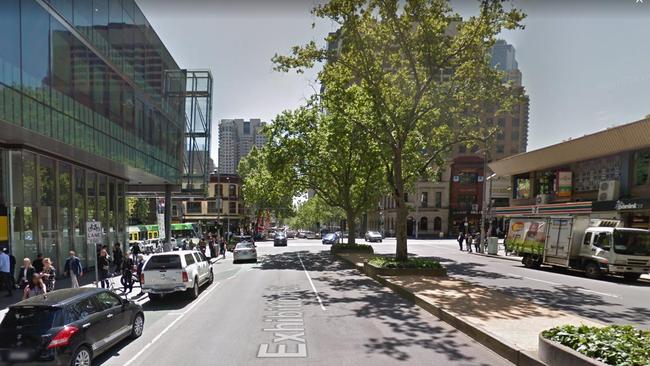
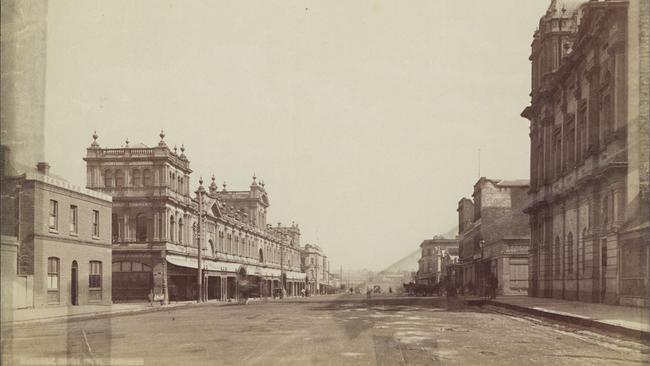
Eastern Market’s ‘Eureka’ moment
Its location in the heart of the city made the Eastern Market a popular site for public forums and political demonstrations.
The settler rights movement born from the Eureka Stockade saw up to 6,000 protesters gather at the Eastern Market on June 4th 1860.
The crowd marched on Parliament House to pressure the government to open up Crown land inhabited by squatters — individuals who held no legal rights to large areas of land, but who claimed it by being the first and often only settlers.
The “squattocracy” occupied nearly all the agricultural land in Australia, leaving very little for the growing number of unsuccessful gold diggers.
After the Eastern Market protest, the Nicholson Act was passed which put restrictions on squatter’s land ownership in the colony.

The demise of the Eastern Market
Overcrowded, unsanitary conditions and an increase in violent crime contributed to the market’s decline until it was eventually demolished in 1960.
Faulty electrical wiring caused fires in 1890, 1892 and 1933, causing significant damage to the wooden infrastructure.
In 1892, an accidental shooting occurred at Duke’s Shooting Gallery.
One year later, a man committed suicide in Johnson’s Shooting Gallery.
Then in April 1899, the owner of a photography parlour was murdered by a disgruntled customer.
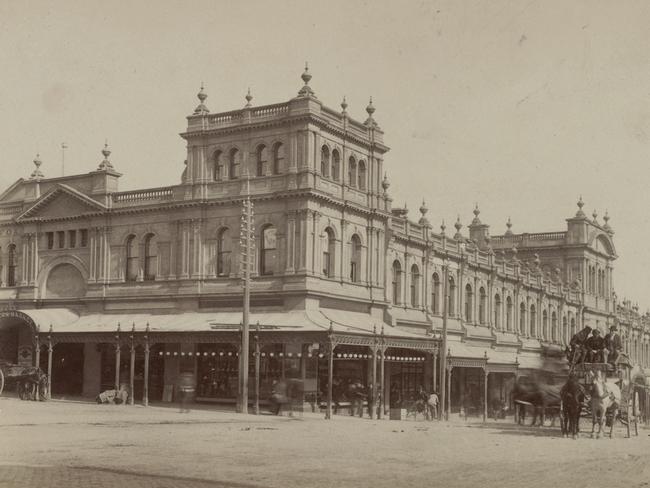
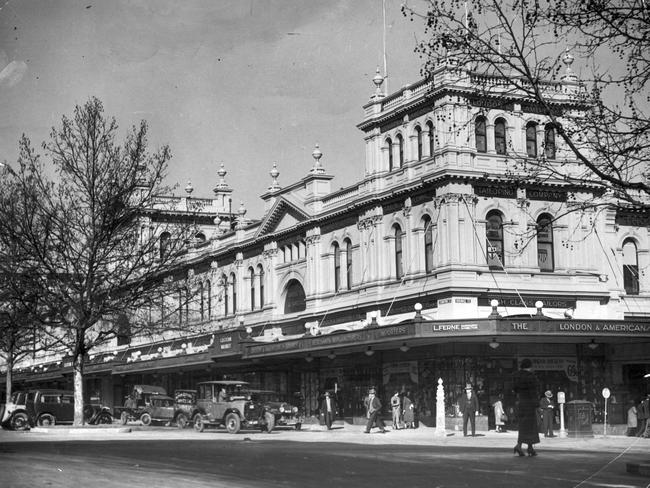
Opportunistic gangsters like Squizzy Taylor realised the income potential of the Eastern Market and used standover tactics on vendors.
Albert Fox, featured in popular Australian novel “The Runner”, was a real Eastern Market grocer who paid protection money to Squizzy Taylor in the 1920s.
In 1921, the market was the murder scene of a 12-year-old girl.
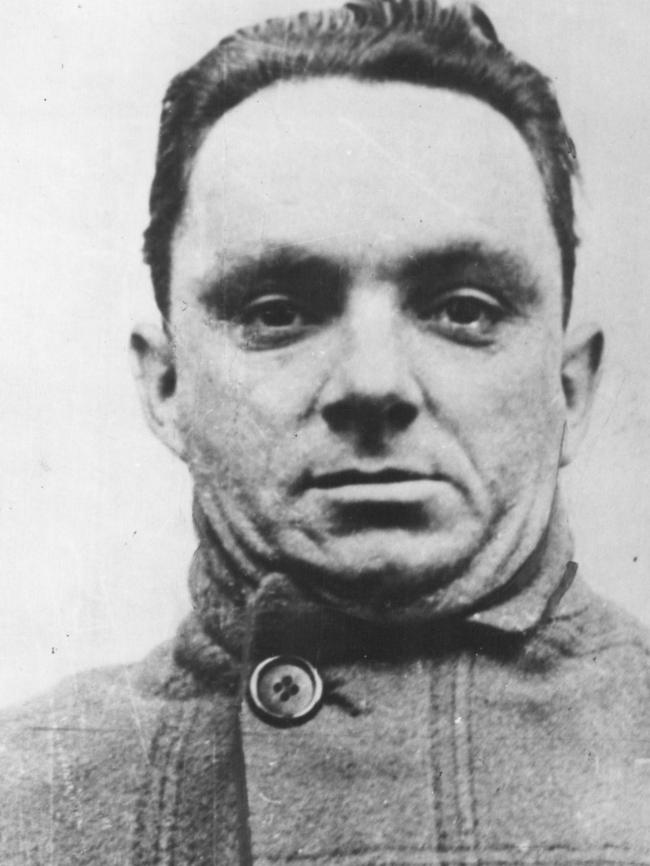
Wine saloon owner Colin Ross was found guilty of the crime committed on Gun Alley, now 80 Collins Street.
Ross was hanged in 1922, but was granted a posthumous pardon by the Victorian Government in 2008 after DNA testing revealed he was not the killer.
Many vendors were driven away by these events in favour of the thriving Queen Victoria Market.
A shadow of its former glory in 1933, it was used predominantly as a garage and car wash.
In 1952, aHeraldreader called the Eastern Market “a waste of valuable land”.
The Herald Town Hall Reporter in 1953 stated the Eastern Market was “once the gayest, wildest and most romantic place in Melbourne … You wouldn’t think this was the place where thousands gathered on Saturday nights at the turn of the century”.
Pressure to “modernise” the city grew after the 1956 Olympic Games, and the Eastern Market was demolished in 1960 to make way for the Southern Cross Hotel.
It is now the site of the Southern Cross Tower (SX1) building.
MORE MELBOURNE NOSTALGIA

